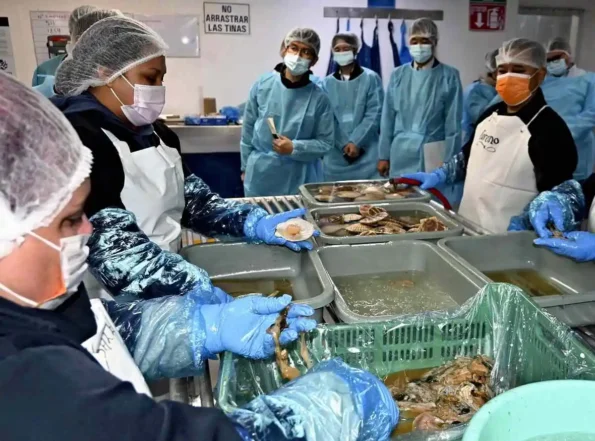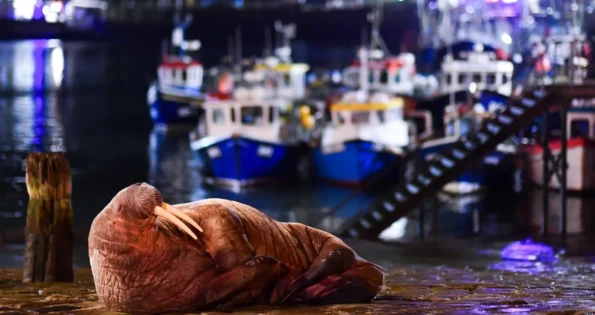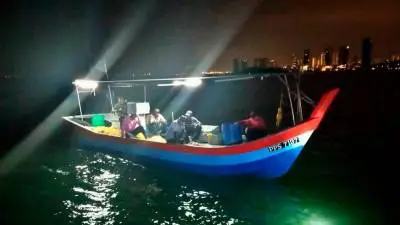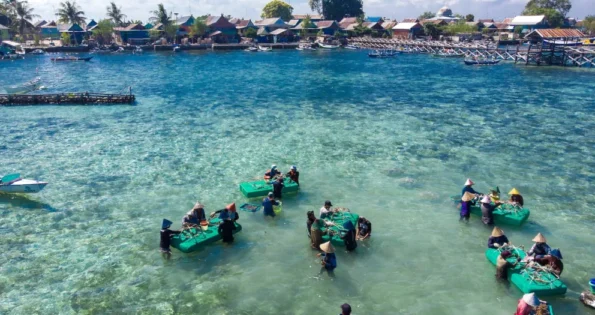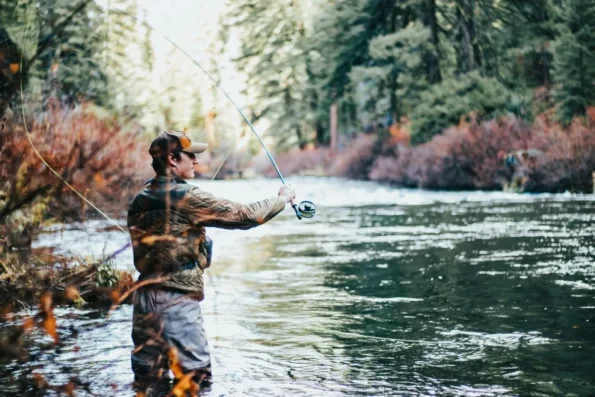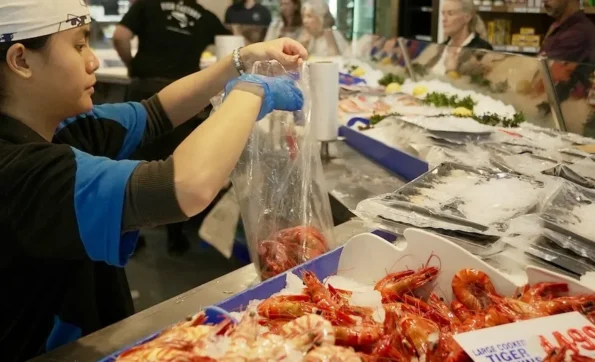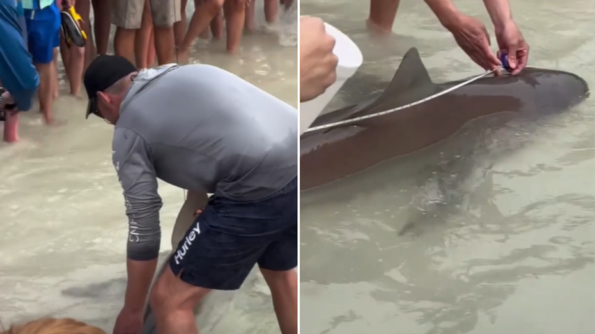
Florida beachgoer wrangles shark caught on fishing rod: video
Join Fox News for access to this content Plus special access to select articles and other premium content with your account – free of charge. Please enter a valid email address. WARNING: This footage may be disturbing to some viewers North Florida beachgoers were surprised when an unusual marine animal got caught on a fishing rod this week. Onlooker Brooke Gamble posted footage of the incident that took place at Miramar Beach near Destin, Florida, on Sunday, which appears to show dozens of people looking on as a fisherman spent hours attempting to reel in a large catch. Moments later, the curious crowd saw what was on the other end: a 7-and-a-half-foot shark. “Initially, it wasn’t a huge deal because we didn’t know for sure what he had caught,” Gamble told Fox News Digital, adding that it was her first time seeing a live shark. “When it was getting closer to shore, we could see that it was a shark, and everyone around started cheering! It was exciting, to say the least.” FLORIDA VACATIONERS BEWARE! GREAT WHITE SHARK NAMED ‘PENNY’ CIRCLING WARM WATERS The shark, which was found near Destin, Florida, was nearly eight feet long. (Brooke Gamble / LOCAL NEWS X /TMX) Gamble’s video appears to show the shark getting stuck in the beach’s shallow waters when a fisherman approached it and began dragging it closer to shore. A crowd of tense onlookers can be seen gathered around the man, watching as the somewhat rare and potentially dangerous encounter unfolded. The crowd seemed amused and astonished by the catch. Several beachgoers grabbed their smartphones to record the incident. 3 GREAT WHITE SHARKS PING NEAR GEORGIA, SOUTH CAROLINA COASTS: ‘IT’S MOVING DAYS’ The seaside visitors were soon cheering for the man, though, as he wrangled the shark and brought it to the shore. “What is he thinking?” an awestruck female beachgoer can be heard asking. The spectators quickly erupted in applause after it was finally caught. They also posed for a picture with the men who helped handle the shark. A Facebook user said that the fisherman took 45 minutes to reel in the shark. (Brooke Gamble / LOCAL NEWS X /TMX) Gamble told Fox News Digital that it took the fisherman two hours to reel in the shark. “Touch it! Touch it!” one person was heard saying off-camera. Measuring tape was soon taken out to determine the shark’s length, which was seven and a half feet. According to the Smithsonian, great white sharks can grow to be as long as 20 feet, and whale sharks can exceed 60 feet. When the fun was over, a group of men took the shark back out into the ocean. A group of men appeared to release the shark back into the ocean after the spectacle was over. (Brooke Gamble / LOCAL NEWS X /TMX) There was no indication that the shark was hurt by the encounter, and Gamble is positive that the marine animal is safe and sound. “I know the shark is safe because the fisherman released the shark back into the wild,” she explained. CLICK HERE TO GET THE FOX NEWS APP The men who helped bring it to shore and the onlookers were also safe. No additional details about the incident are available.

